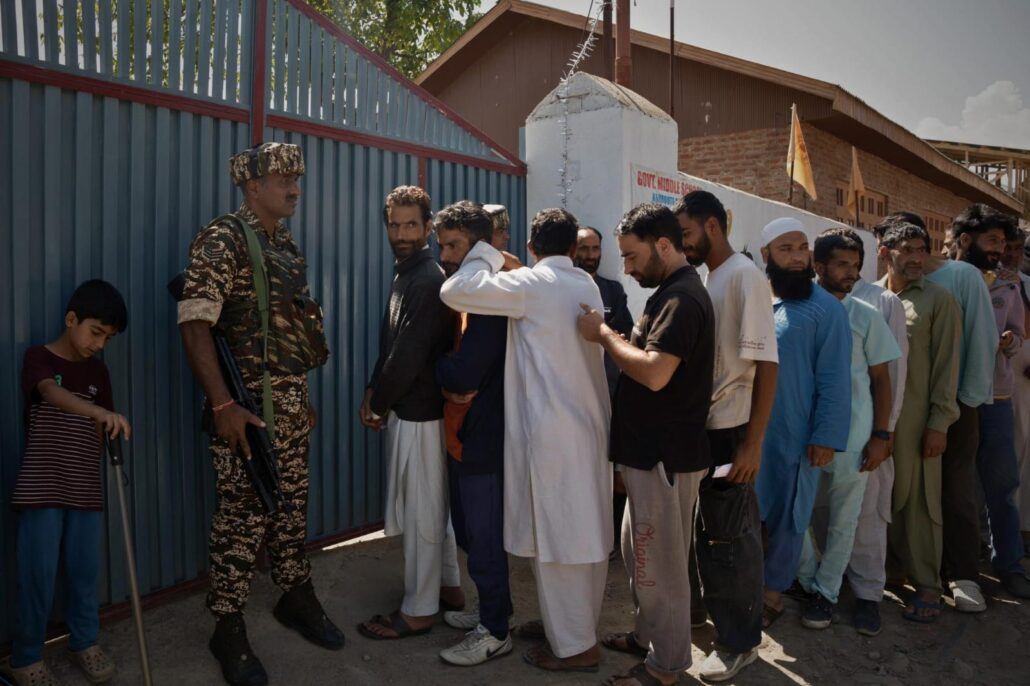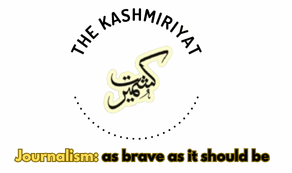
As exit polls for Jammu Kashmir’s 2024 elections are set to be announced in a few hours, we stand at a pivotal moment in the region’s political history.
These elections, held after a decade-long gap, are the first since the revocation of the region’s special constitutional status, making the outcome significant both politically and symbolically.
In South and Central Kashmir, the landscape appears to be steady, with few surprises expected.
These regions have traditionally seen a strong contest between the National Conference (NC) and the Peoples Democratic Party (PDP). The electorate here is largely shaped by longstanding political affiliations, and this consistency may reflect in the results.
Yet, the looming shadow of past disillusionment may still sway some undecided voters, though their impact may be limited in these regions.
North Kashmir, however, is where we might witness the unexpected. This area has seen changing dynamics, with regional parties losing their firm grip and independents playing a more significant role.
In an environment where traditional political loyalties are weakening, the rise of independents could shake the established order.
The question remains whether these independents will align with larger parties post-election, creating new alliances that could determine the balance of power.
In the Chenab Valley, where locals had hoped for a unified front, the reality has been far from ideal. Regional parties, once expected to fight together, have instead splintered, leaving voters fragmented and the political field wide open for external influence.
Similar trends are being observed in the Pir Panjal districts of Rajouri and Poonch, where the division of votes could severely weaken any regional coalition’s prospects.
In Jammu, the BJP is poised to emerge as the single largest party, with no major upsets expected.
Despite the Congress’s minimal campaign presence, the BJP’s stronghold in the region remains intact. However, the lack of substantial gains by the Congress raises questions about the viability of an opposition strong enough to challenge the BJP.
This leaves the door open for the BJP to consolidate its position, but at the cost of losing a broader, more balanced representation.
The real uncertainty lies in the potential alliances post-election. The NC may become the largest party in Kashmir, but will it find itself needing the support of the PDP or independents to form a stable government?
Similarly, the BJP, despite its expected strong performance in Jammu, will be eyeing independents and members from other parties in the Valley to boost its numbers. But will there be any independents willing to align with the BJP, given the political complexities of the region?
This election is more than just a contest of numbers—it is a test of alliances, of regional loyalties, and of how the political map of Jammu Kashmir will look in the post-Article 370 era.
The results will reveal whether the political landscape remains as fractured as it appears or if new, unexpected alliances will emerge to reshape the region’s future.
